Introduction to Accounting Homework: Journal Entries and Trial Balance
VerifiedAdded on 2022/11/30
|7
|733
|452
Homework Assignment
AI Summary
This accounting homework solution covers several key aspects of introductory accounting. It begins with journal entries for various transactions, detailing debits and credits for each. A trial balance is then presented, summarizing the debit and credit balances of different accounts. The solution further addresses petty cash management, including journal entries related to establishing and replenishing a petty cash fund, along with examples of expenses paid from the fund. The document also includes a discussion of cash and cash equivalents, emphasizing the importance of internal controls to protect cash assets from fraud or mismanagement. It highlights the role of internal control structures in safeguarding assets, ensuring accurate accounting, and promoting adherence to business policies. Furthermore, it covers the importance of hiring and training trustworthy staff, and securing assets through insurance and fidelity bonds. References are also provided.
1 out of 7
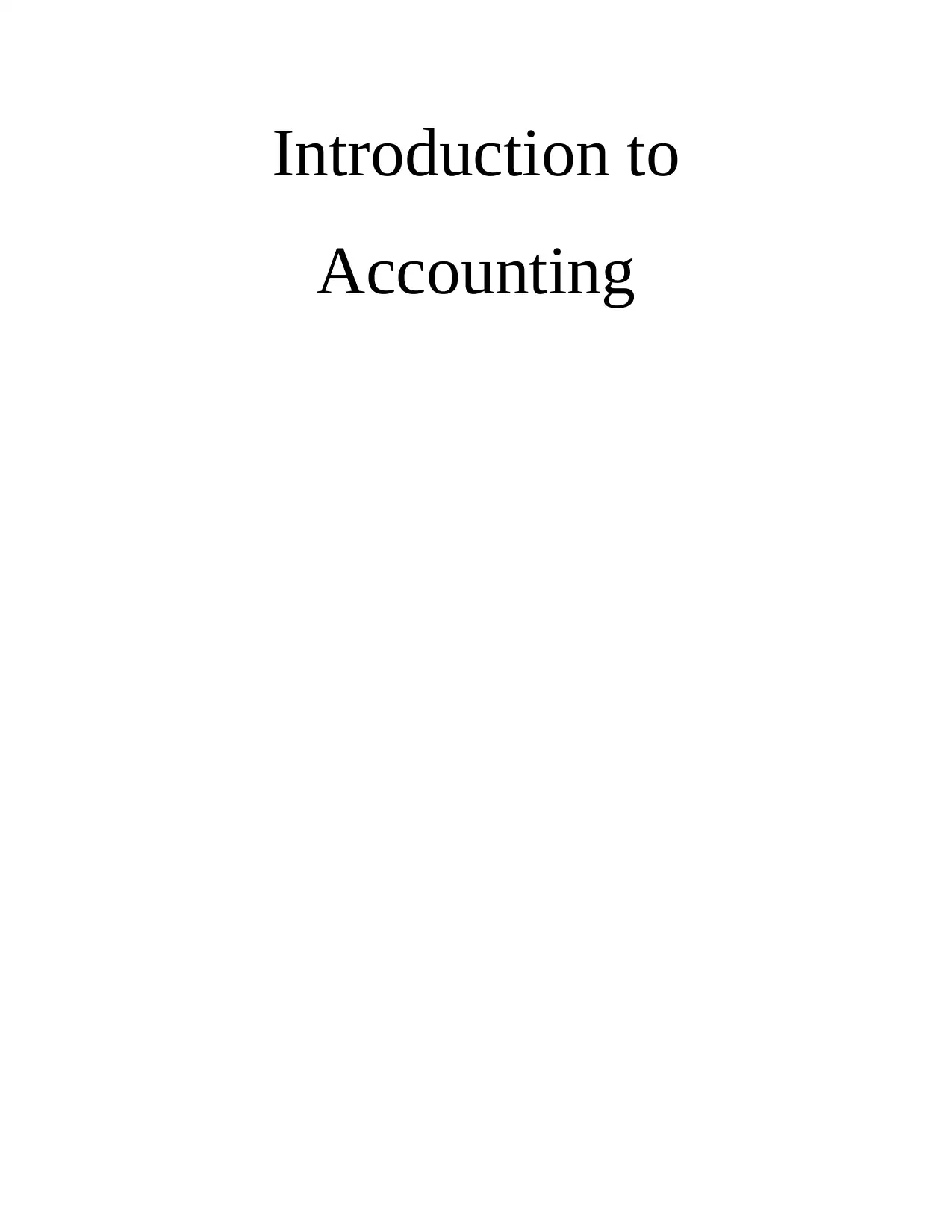
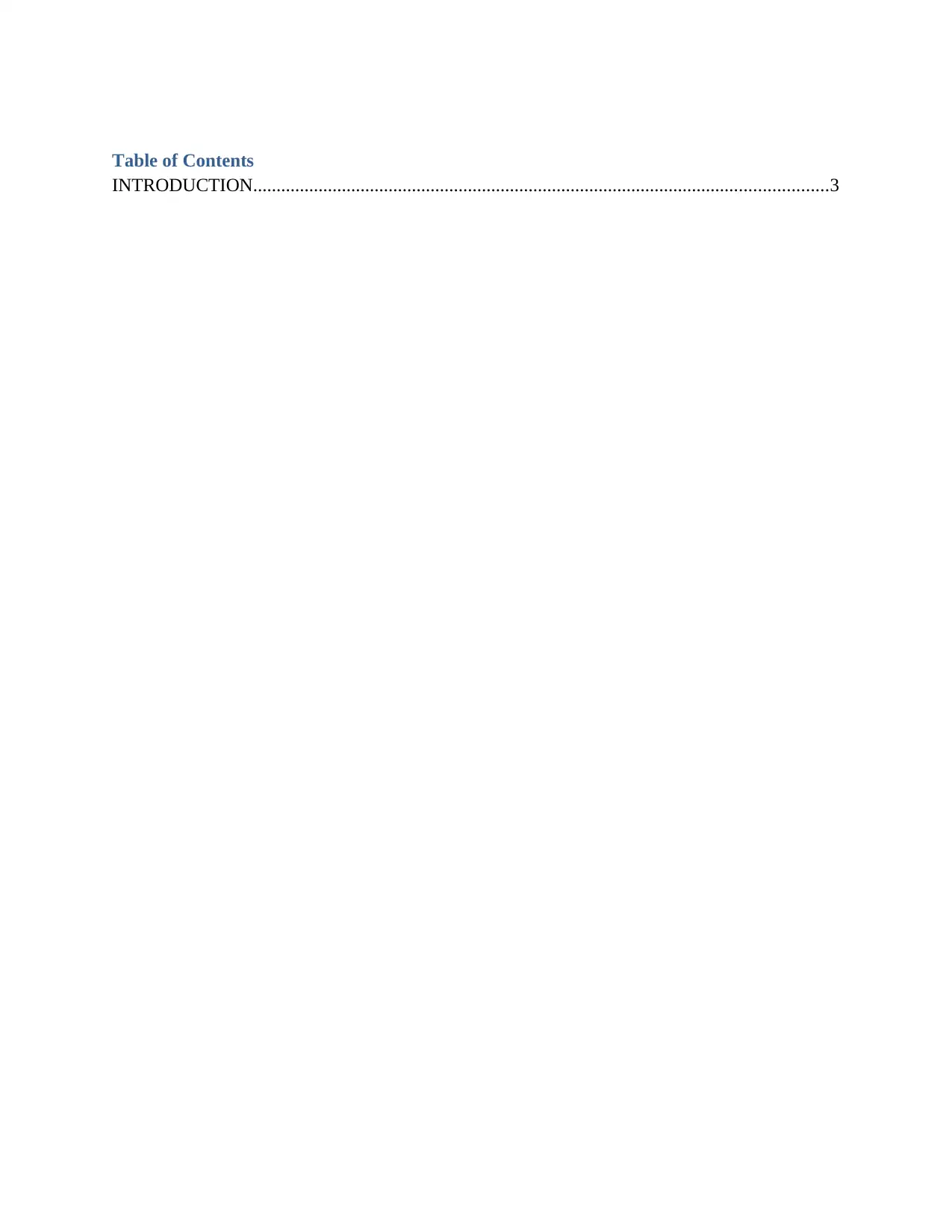
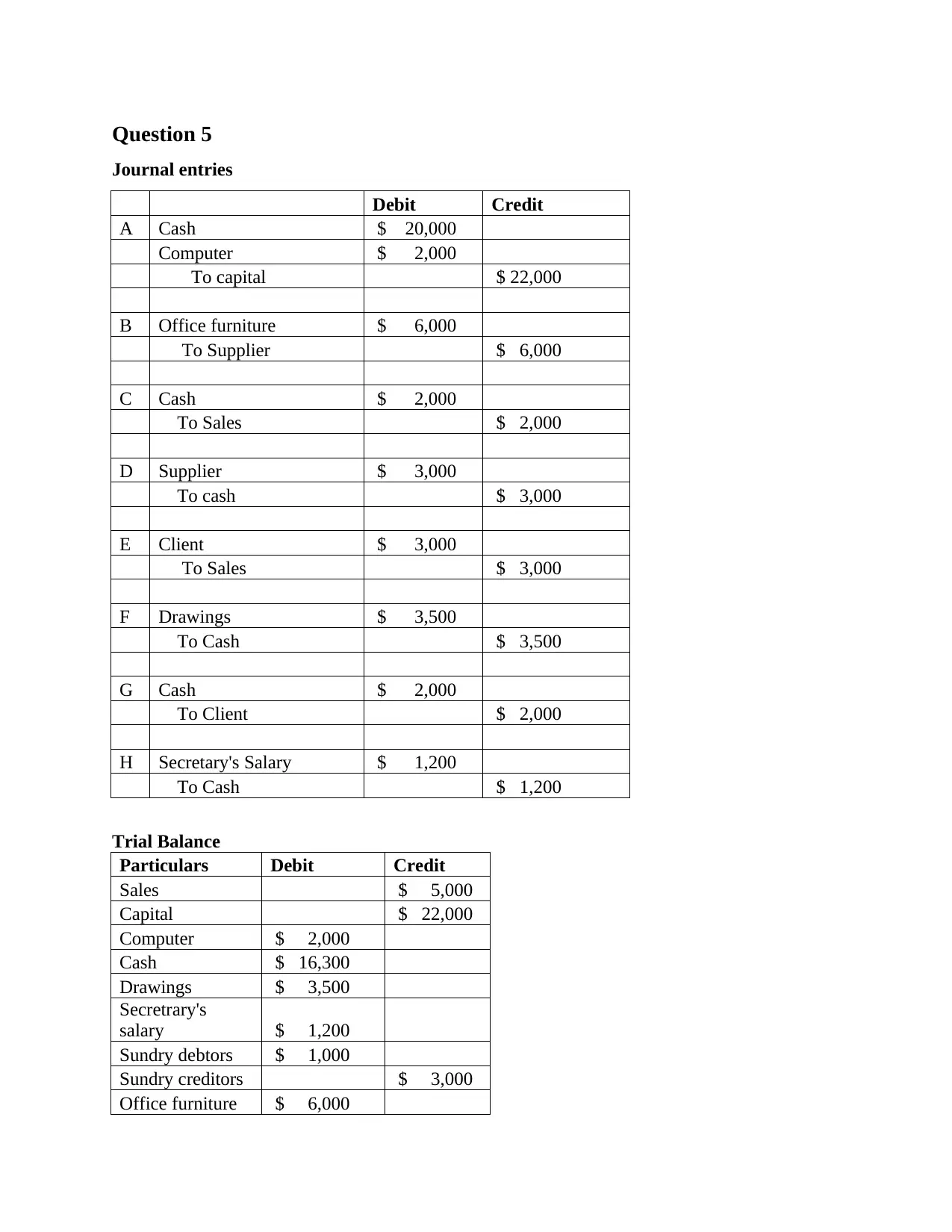


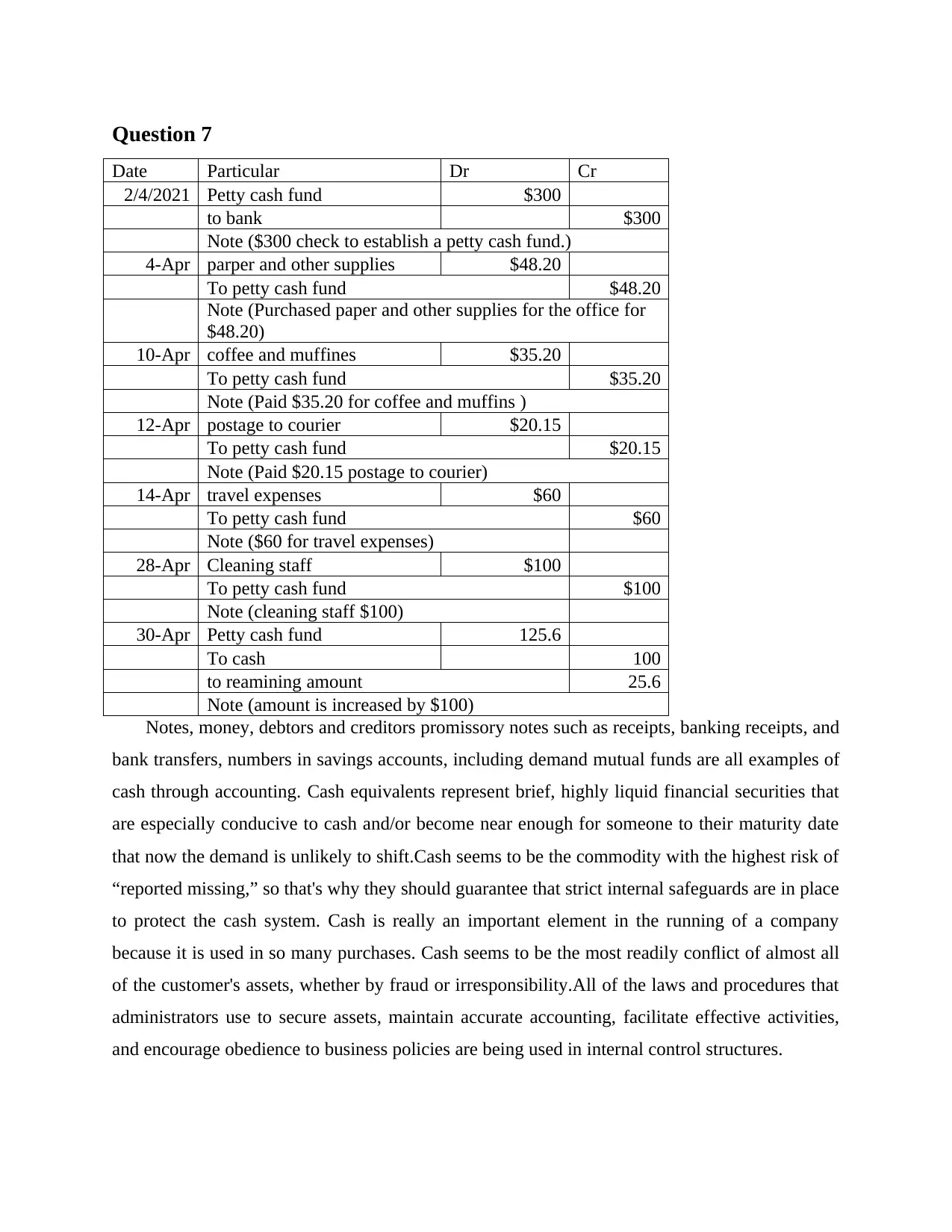
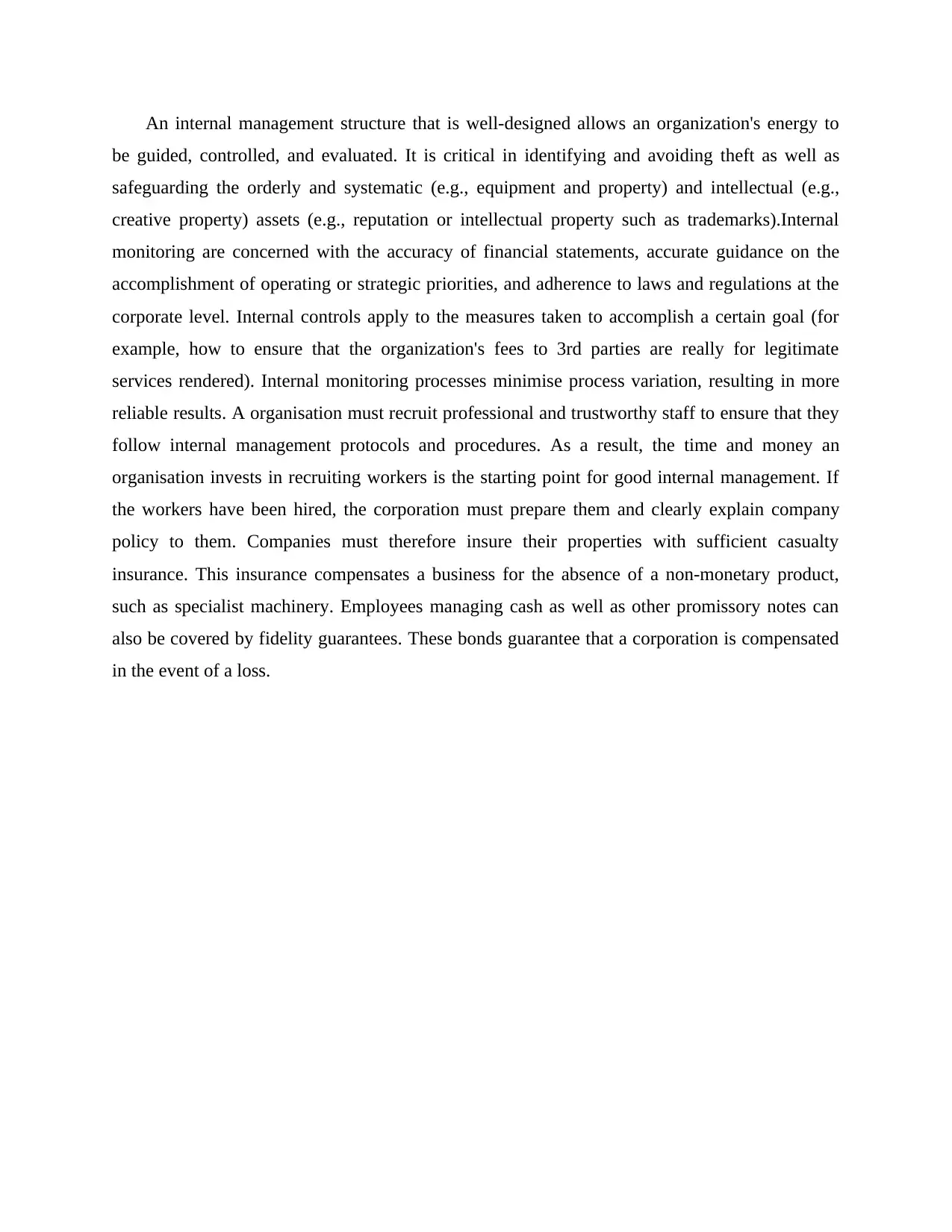

![[object Object]](/_next/static/media/star-bottom.7253800d.svg)